Growing the Grizzly Bear Cactus: A Complete Guide to This Fascinating Desert Beauty
Hey there, fellow plant enthusiasts! Today I’m diving into one of my absolute favorite cacti species – the Grizzly Bear Cactus.
Trust me, once you see this shaggy beauty in person, you’ll understand why it got its name!
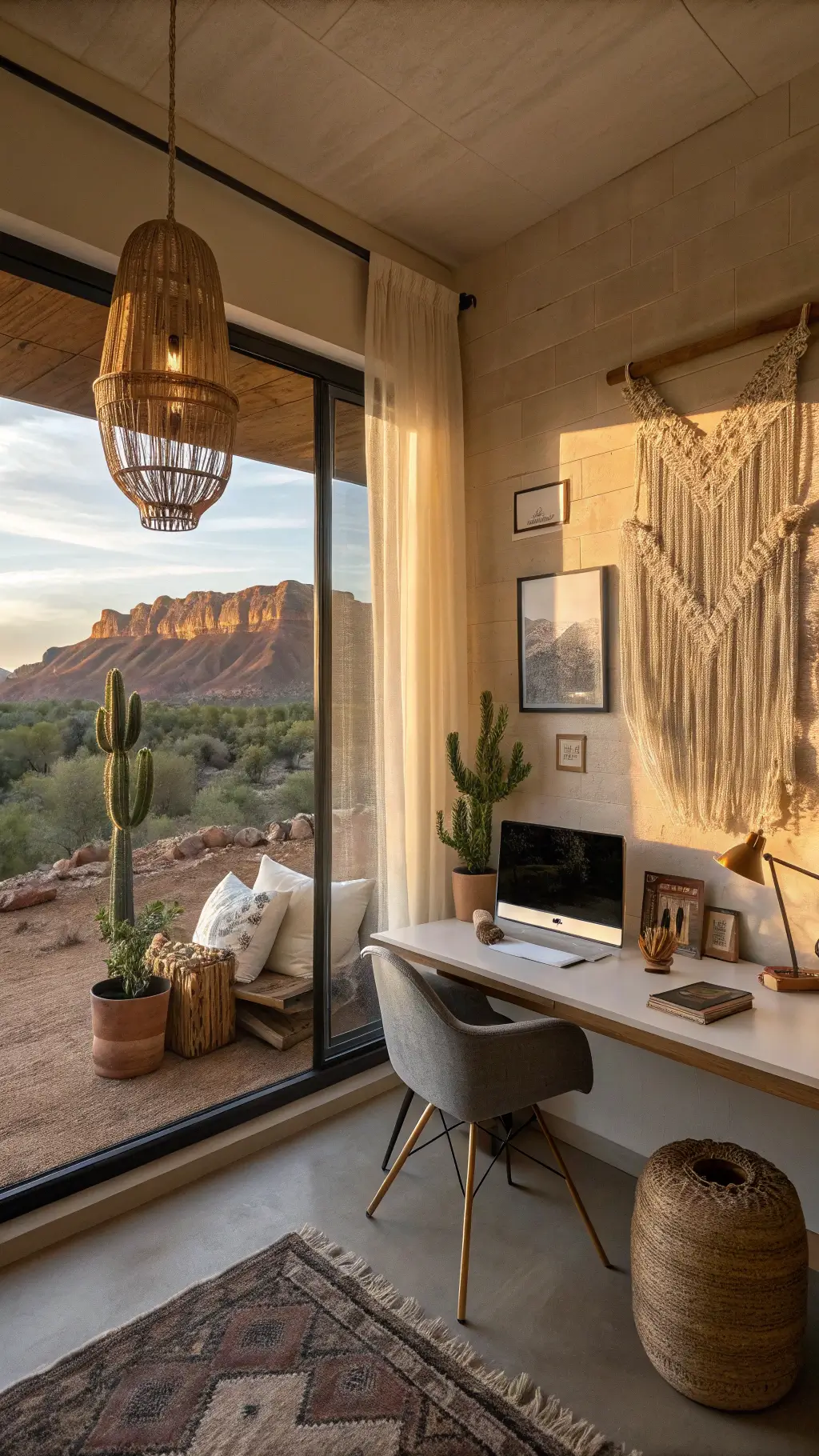
Why You’ll Love This Unique Cactus
Let me tell you why I’m obsessed with this particular prickly pear. Unlike its more common cousins, this one’s got personality for days:
- It looks like a teddy bear (if teddy bears were covered in gorgeous white or pale yellow spines!)
- It’s tough as nails but still brings the drama with stunning flowers
- It’s perfect for both newbies and experienced gardeners
Getting to Know Your Grizzly
Picture this: A low-growing cactus that spreads like a living carpet, reaching about 2 feet tall but spreading up to a whopping 10 feet wide!
The pads have this gorgeous bluish-green color that really makes those white spines pop.
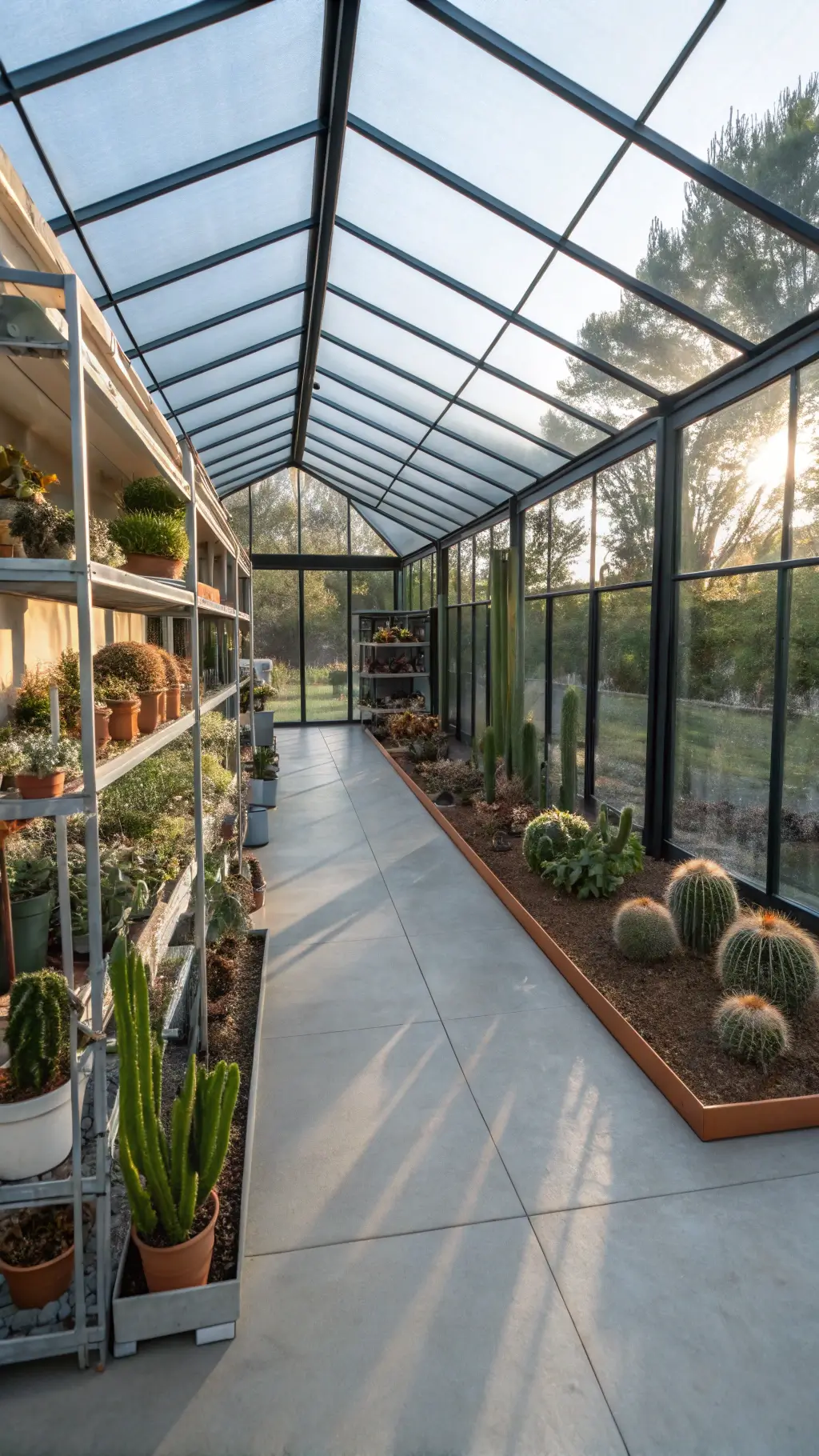
Speaking of spines – they’re what make this cactus truly special:
- Length varies from 1-7 inches
- Colors range from pure white to pale yellow
- Some point downward, giving it that signature shaggy look
Where This Bear Likes to Live
In my years of growing desert plants, I’ve found these guys are surprisingly adaptable. While they’re native to the American Southwest, they’re tougher than they look:
- Thrives in zones 5-9
- Can handle elevations up to 7,000 feet
- Loves scrubland and woodland areas
- Can take temperatures down to 10°F (yes, really!)
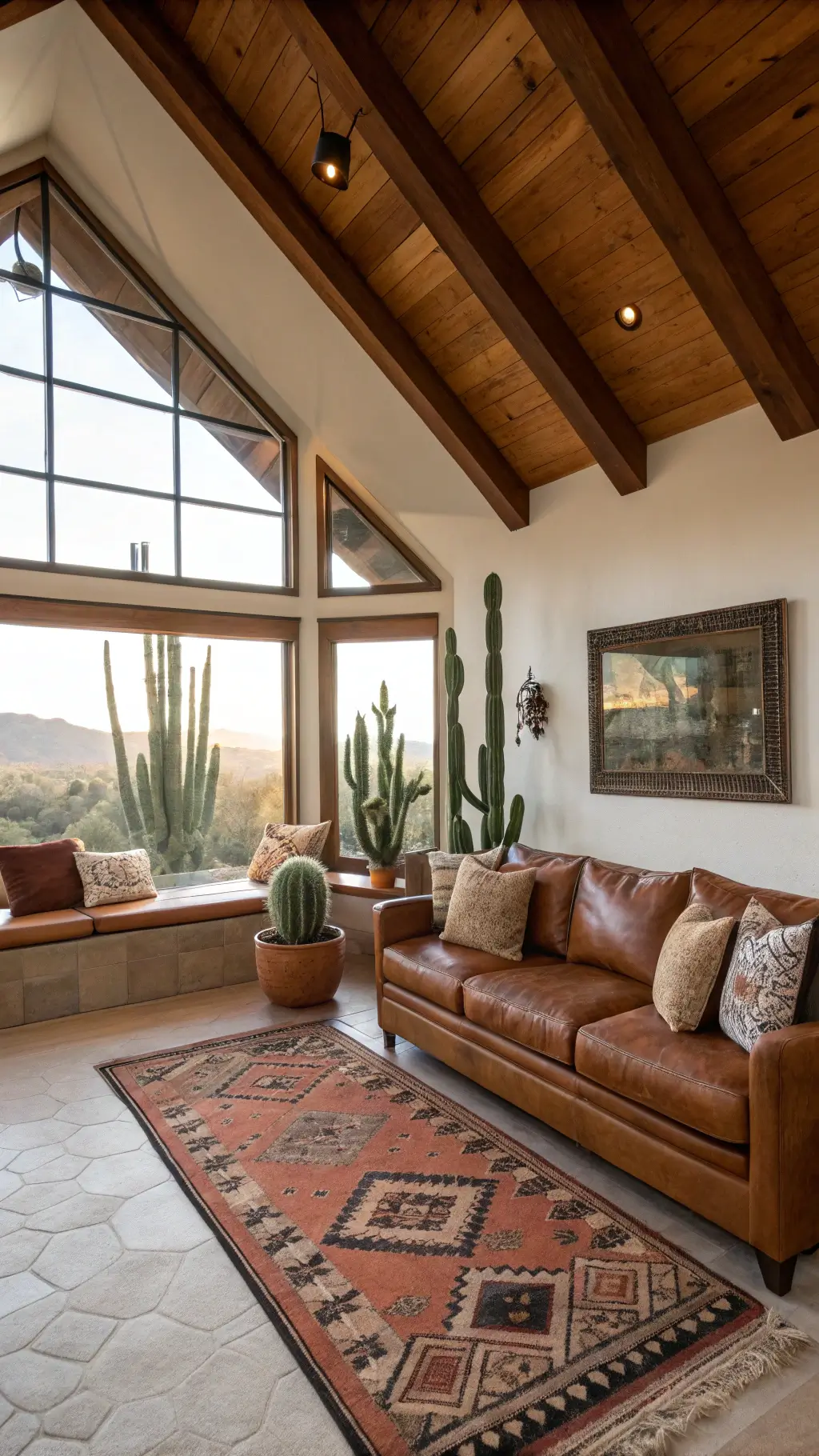
The Flowering Show
Now, let’s talk about the real showstopper – the flowers! Every spring, your Grizzly Bear Cactus puts on a spectacular display:
- Light yellow blooms with reddish tips
- Sometimes surprises you with pink, magenta, or even bronze flowers
- Followed by spiny reddish-green fruits
Caring for Your Grizzly
Here’s the best part – these cacti are incredibly low-maintenance. Here’s what they need:
- Full sun exposure
- Well-draining soil
- Minimal watering
- Space to spread
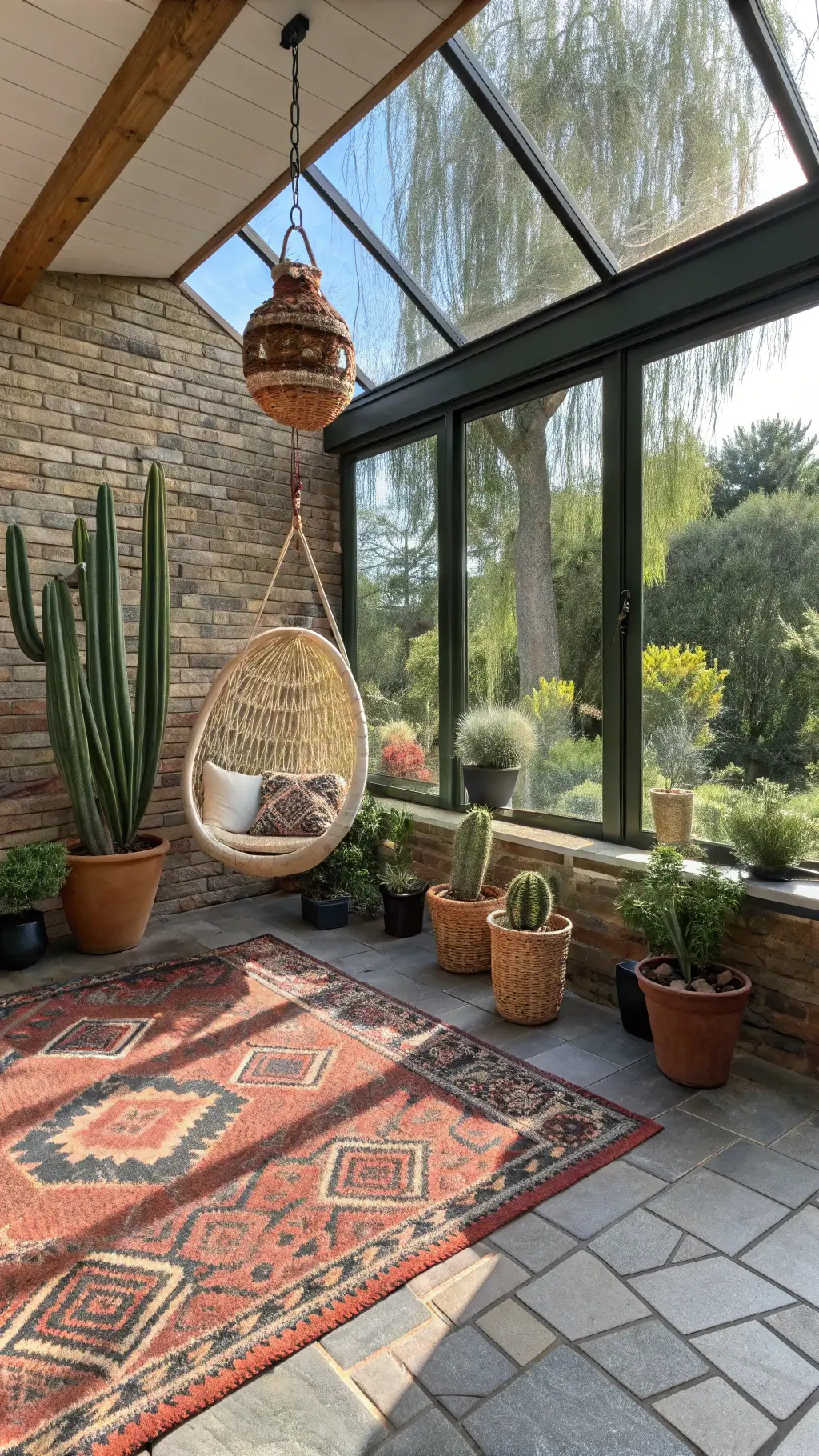
Pro Tip:
Want more Grizzly Bear Cacti? They’re super easy to propagate from cuttings. Just let the cut end callus over for a week before planting.
Perfect For:
- Xeriscaping projects
- Rock gardens
- Native plant collections
- Low-maintenance landscapes
The Grizzly Bear Cactus isn’t just another pretty face in the desert – it’s a testament to nature’s ability to create something both tough and beautiful. If you’re looking for a conversation starter that basically takes care of itself, this fuzzy friend might just be your perfect match.
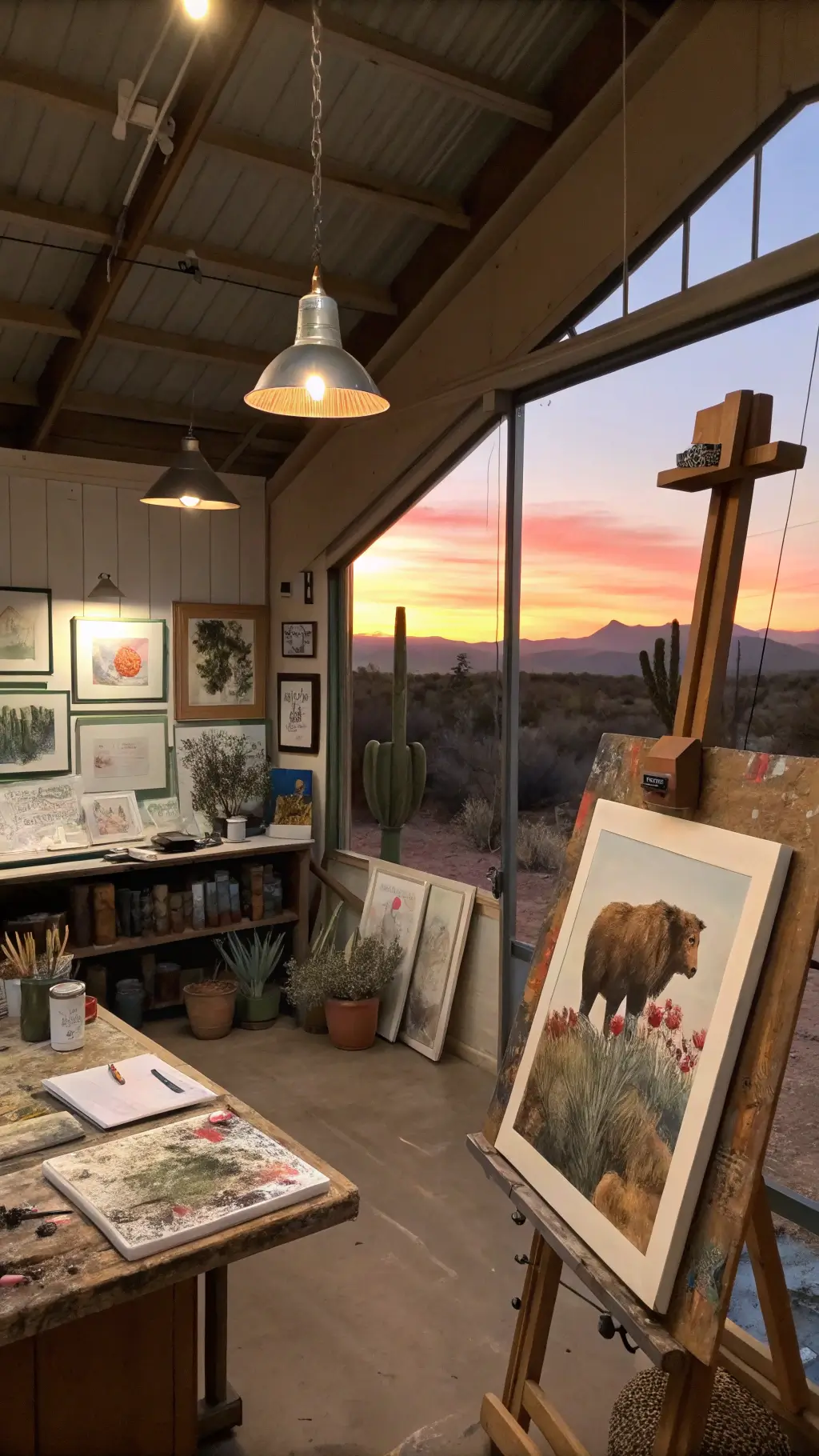
Remember:
Always handle with care (and thick gloves!). Those spines might look cute and fuzzy, but they mean business!
